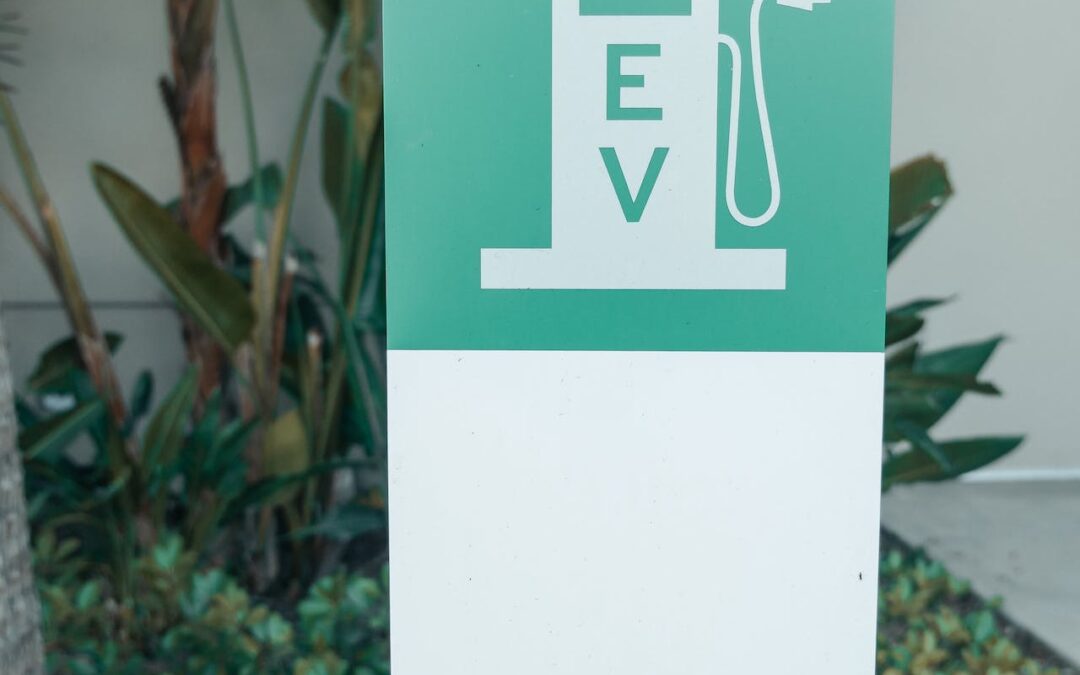Electric vehicle purchases have been surging globally in recent years. According to a recent analysis by Bloomberg Green, EVs are rapidly approaching their critical adoption tipping points across the planet.
In 2022, the beginning of this analysis, 19 countries had crossed the benchmark of fully electric vehicles accounting for 5 percent of new car sales. One year later, another five countries—Australia, Canada, Hungary, Spain, and Thailand—have joined the group of early adopters.
This rising trend is encouraging for electric vehicles and environmental advocates. According to Bloomberg, the data gathered from this group of early adopters shows how EV sales can skyrocket from 5 percent to 25 percent of new vehicles sold in only four years.
Significance of the 5 Percent Tipping Point
The successful adoption of new technologies often follows an S-shaped curve. The technology is initially slow to gain traction, but adoption accelerates exponentially upon reaching mainstream acceptance.
For electric vehicles, the key inflection point seems to be the 5 percent threshold. Crossing this line signals that major barriers such as high upfront costs, limited charging infrastructure, and public skepticism have been overcome, paving the way for mass adoption.
Despite its massive spending power, the United States only reached this EV tipping point in late 2021. This delay can be attributed to several factors, including the American penchant for vehicles with longer-range capabilities and the slower electrification of pickup trucks and large SUVs, which make up a significant portion of the US market.
Accelerating Sectors and Emerging Markets
US electric vehicle sales are currently on a remarkable upswing, increasing by 42 percent in the second quarter of 2023 compared to the same period in 2022. However, the trajectory has yet to rival other countries that have crossed the threshold. That trend is poised to change with Tesla Inc. readying the launch of its Cybertruck pickup, along with other leading manufacturers unveiling their electric versions of iconic American models.
India, the third-largest auto market in the world, shows promising signs of nearing its tipping point. EVs accounted for 3 percent of new car sales last quarter, a figure that doubled in just six months. Increased investment in electrification by Indian automakers and Tesla’s impending entry into the market are expected to aid this acceleration.
How California and Tesla Are Shaping EV Adoption in the US
Two key players are shaping the adoption of electric vehicles in the United States: the state of California and Tesla Inc.
California has led the charge among the states, becoming the first top-10 global auto market to cross the pivotal 5 percent tipping point in EV new car sales. Tesla has also become the juggernaut of the state’s auto industry, recently supplanting Toyota as the top-selling vehicle brand in California—electric or otherwise.
This trend appears to be growing beyond California and spreading to the rest of the country. According to recent data from Bloomberg, electric cars claimed more than 7 percent of new vehicle sales in the US in the first half of 2023. In addition, nearly 1 million EVs have been purchased in the 12 months preceding June, marking a record pace for EV adoption in the country.
The Hybrid Quandary
When it comes to plug-in hybrids, the narrative differs slightly. These vehicles have seen a more erratic adoption pattern, largely because they do not require the same level of infrastructure investment or consumer commitment as fully electric vehicles. However, when plug-in hybrids are included in the equation, sales figures have shown substantial growth.
A consistent tipping point for this broader EV category appears to be when 10 percent of new vehicles are either hybrid or fully electric. Countries like the United States, Canada, and Australia have come close to this benchmark, which bodes well for the mainstream adoption of plug-in vehicles going forward.
Automaker Adaptation: The Inherent Challenges and Rewards
The tipping point concept is not limited to consumer adoption rates; it has implications for the manufacturing sector as well. For instance, Tesla’s gamble on ramping up production of the Model 3 proved to be a defining moment, setting off a virtuous cycle of declining unit costs and increasing volumes.
Traditional automakers face considerable challenges in pivoting to EV production. These include the need for substantial investment in retooling factories and reshaping supply chains, often with uncertain demand. However, once a critical mass is achieved—often noted at 10 percent of quarterly sales comprising plug-in models—the road to profitability and sustainable growth appears more straightforward.
The Future Global Landscape for EV Adoption
Electric vehicles are gradually accounting for a larger piece of the global share of auto sales, but this trend is currently highly concentrated in the US, China, and Europe, which collectively account for 90 percent of global EV sales. Many countries, including several among the world’s 20 most populous, have yet to reach the adoption tipping point of 5 percent. Challenges remain, such as the sustainable sourcing of critical battery materials.
However, with governments encouraging adoption through various incentives, infrastructure investments, and policy mandates, the trajectory toward global EV adoption seems increasingly inevitable. If current trends persist, we could potentially see electric vehicles become the norm in many parts of the globe by the end of this decade.

